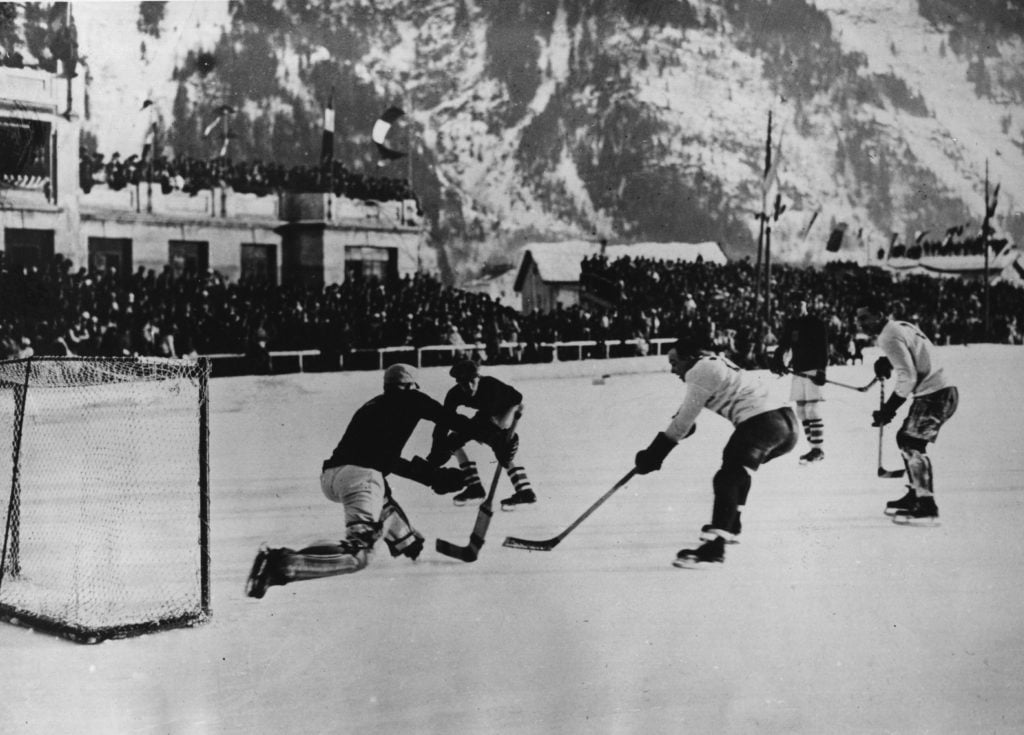Today in sports history (1924), the first Winter Olympic Games kicked off. The games, organized by the French Olympic Committee, were held in Chamonix, France. The Winter Olympics were planned to be run in the same year as the Summer Olympics and that would continue until 1992. That eventually changed, as the Summer and Winter Olympic Games were separated by two years. That has obviously changed in recent years with the COVID-19 pandemic.

Highlights of 1924 Winter Olympics
The 1924 Winter Olympics opened up on January 25th. There were 16 countries that participated in the games, with most notably Germany missing from the lineup, due to their involvement in World War I. Five different sports showcased 16 events, including bobsleigh, curling, ice hockey, skating and skiing.
Charles Jewtraw won the first gold medal, representing the United States in the 500-meter speed skating competition. This made him the first Winter Olympic champion.
Sonja Henie, who competed for Norway, was just 11 years old when she participated in the women’s figure skating competition. Her youth made her very popular among spectators and fans. She finished last in the event but went on to win gold in gold in the next three Winter Olympic Games.
Canada, who has ice hockey as their national sport, dominated the qualifying rounds of the hockey tournament. They played Czechoslovakia, Sweden and Switzerland, where they won by a combined score of 85-0. They won 30-0, 22-0 and 33-0, respectively. As the Winter Olympics continued to grow, Canada continued to dominate ice hockey, winning five of the first six Gold Medals in the sport.
For the first time in modern-day Olympics history, the host nation did not win a gold medal, as France only finished with three bronze medals.
Norway led the way, winning 17 total medals, including four gold. The only other country to reach four gold medals was Finland, who finished with a total of 11 medals. The United States collected four medals — one gold, two silver and one bronze.
Follow us on all of our social channels! Check out our Twitter, Facebook, YouTube and TikTok for more great FlurrySports content.






